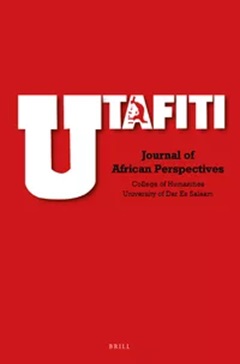A Supply Model of Reduced Type for Marketing of Agricultural Crops in Tanzania
Abstract
This article focuses on marketing of agricultural crops in Tanzania, with aparticular emphasis on maize. The study concentrates on Arusha and
Rukwa Regions, and data for production, prices, and transport costs are
related to the year 1989/90, representing the situation before the
deregulation of the marketing system came into effect. A linear
programming model has been constructed, describing possible patterns of
transport and storage for marketing the crops. Surplus and deficit
production areas within and outside the regions have been defined, and
quantities to be delivered to different markets have been estimated. The
model is basically a supply model for the marketing system, considering
purchase and sales prices as exogenous variables.
Two model variants have been introduced: (1) A contribution margin
model, which is a relevant reduced supply model under a market-oriented
system. This model is maximising the contribution margin 'of the
transporters. (2) A model for maximising marketed quantities, assuming
that the total contribution margin of the transporters should be nonnegative.
The latter model is relevant in the case of a single parastatal
marketing agent, being supposed to subsidise among areas and crops~
The article discusses the short and long-term effects of a gradual
transition to a market-oriented system. The main conclusion is that, in a
medium and long-term perspective, dramatic changes in the geographical
pattern of production may take place unless regional and sector-oriented
policies are introduced to counteract such a development .


